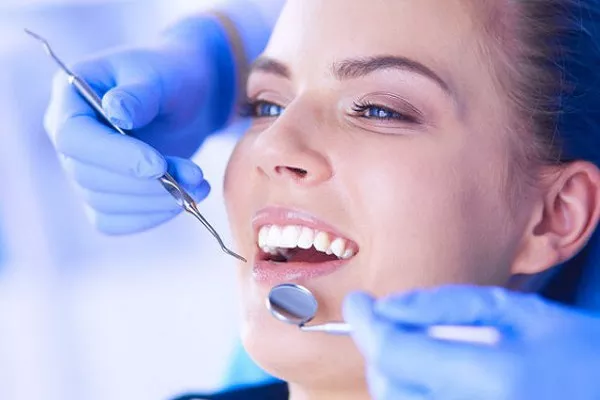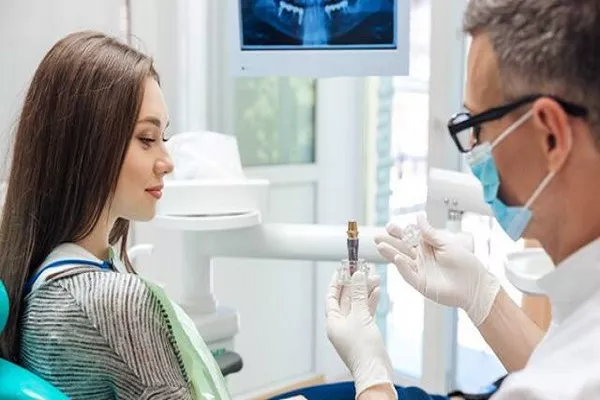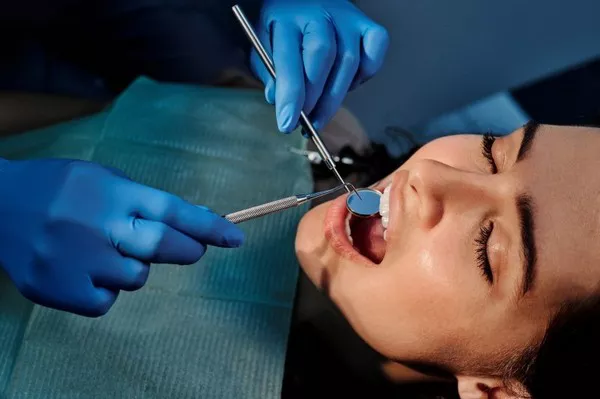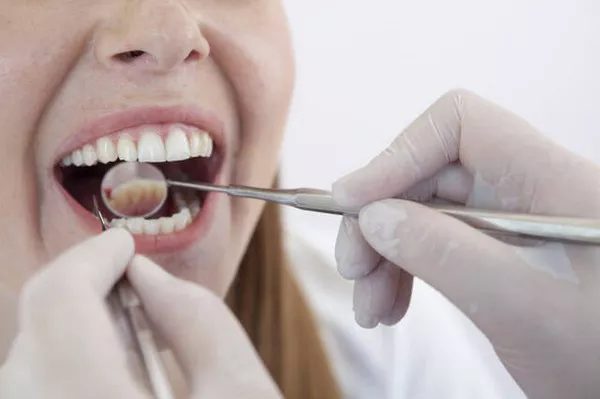Teeth whitening has become a popular cosmetic dental procedure for achieving a brighter smile. Whitening strips are one of the most convenient and accessible methods to whiten teeth at home. However, a common question that arises is whether one should brush their teeth before applying whitening strips. In this article, we will explore the importance of oral hygiene in the teeth whitening process, the best practices for using whitening strips, and the factors to consider for safe and effective results.
Understanding Whitening Strips and Their Action:
What are Whitening Strips?
Whitening strips are thin, flexible strips coated with a peroxide-based gel. The gel’s active ingredient, typically hydrogen peroxide or carbamide peroxide, penetrates the enamel to remove surface stains and discoloration.
Whitening Strips’ Action:
The peroxide in whitening strips breaks down stains into smaller particles, making the teeth appear whiter and brighter.
Importance of Oral Hygiene for Teeth Whitening:
Preparing the Teeth Surface:
Ensuring a clean and debris-free tooth surface is essential for effective whitening. Plaque and food particles can interfere with the gel’s ability to penetrate the enamel.
Reducing Sensitivity:
Maintaining good oral hygiene can help reduce tooth sensitivity, a common side effect of teeth whitening.
Avoiding Uneven Whitening:
Plaque and tartar can create uneven whitening results by blocking the whitening gel from reaching all areas of the teeth.
Should You Brush Your Teeth Before Applying Whitening Strips?
Yes, it is recommended to brush your teeth before applying whitening strips. Brushing your teeth removes plaque, food particles, and surface stains, creating a clean and receptive surface for the whitening gel. Follow these steps for the best results:
Brush Gently:
Use a soft-bristled toothbrush and fluoride toothpaste to brush your teeth gently for two minutes. Avoid aggressive brushing, as it can lead to enamel wear and gum irritation.
Floss Your Teeth:
Floss between your teeth to remove any trapped food particles and plaque from areas that your toothbrush may not reach.
Rinse Thoroughly:
Rinse your mouth thoroughly with water to wash away any remaining toothpaste and debris.
Dry Your Teeth:
Use a clean tissue or cloth to dry your teeth. Dry teeth provide better contact between the whitening strips and the enamel, enhancing the gel’s effectiveness.
Tips for Safe and Effective Teeth Whitening:
Follow Instructions:
Read and follow the instructions provided with the whitening strips carefully. Overuse or misuse of the product can lead to tooth sensitivity and gum irritation.
Avoid Whitening on Sensitive Teeth:
If you have tooth sensitivity or gum issues, consult your dentist before using whitening strips to avoid exacerbating the problem.
Be Patient:
Teeth whitening is a gradual process, and results may vary depending on the level of discoloration. Be patient and consistent in using the whitening strips as directed.
Limit Whitening Frequency:
Avoid using whitening strips excessively. Stick to the recommended usage frequency to prevent tooth sensitivity and enamel damage.
Maintain Good Oral Hygiene:
Continue to brush and floss regularly while using whitening strips to support overall oral health.
Conclusion:
Brushing your teeth before applying whitening strips is essential for ensuring a clean and receptive tooth surface, which allows the whitening gel to work effectively. Maintaining good oral hygiene by brushing, flossing, and rinsing helps achieve optimal results and reduces the risk of tooth sensitivity. Following the instructions provided with the whitening strips and being patient in the whitening process are key to safe and effective teeth whitening. If you have any concerns about teeth whitening or oral health, consult your dentist for personalized guidance and recommendations. With proper care and attention, teeth whitening with whitening strips can help you achieve a brighter, more radiant smile.
Relate Topics:




























